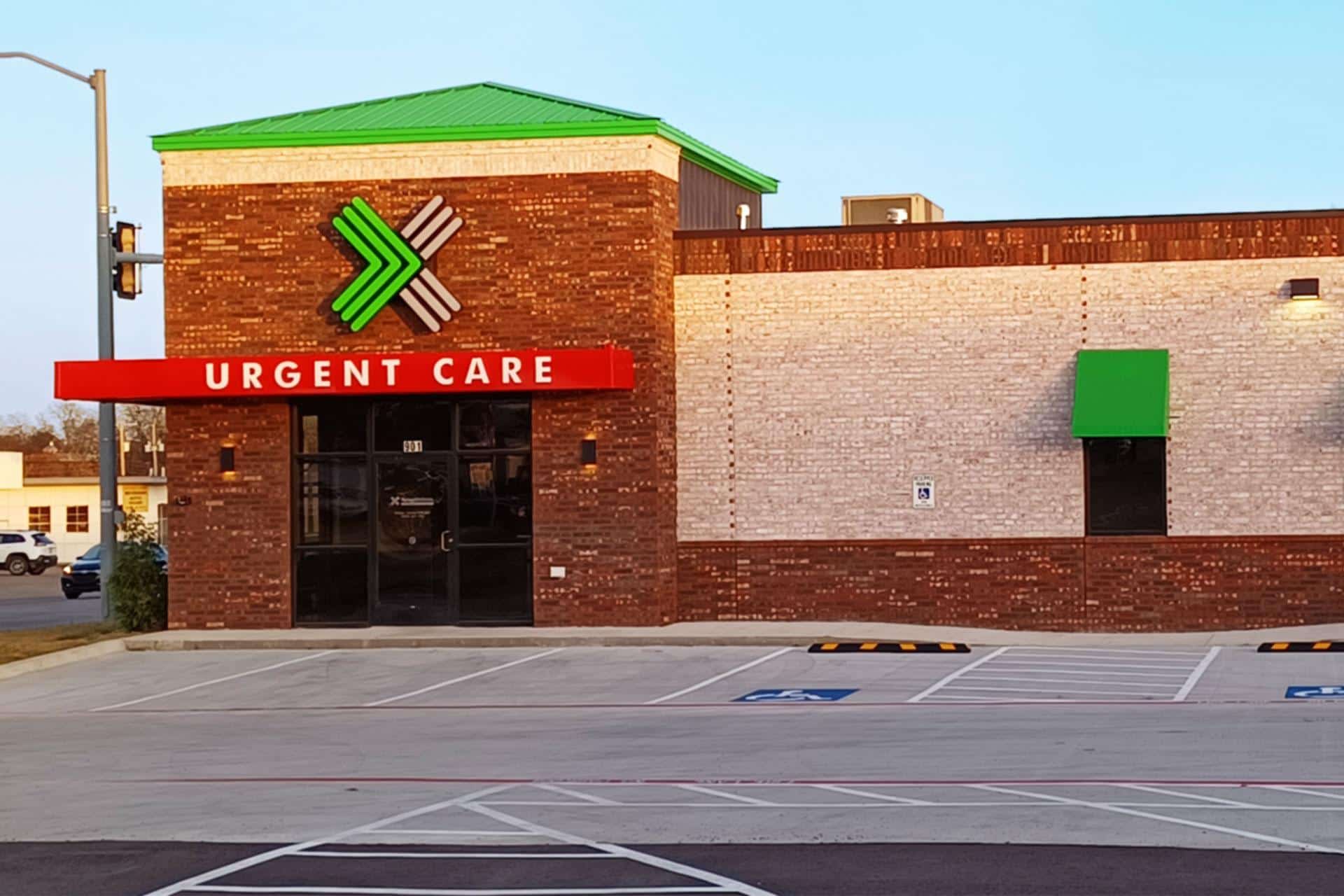What to Anticipate at a Leading Clinic Offering Urgent Care Services
What to Anticipate at a Leading Clinic Offering Urgent Care Services
Blog Article
Recognizing the Duty of Urgent Treatment in Offering Timely Treatment for Non-Life-Threatening Problems
Urgent treatment facilities have arised as a crucial component of the health care landscape, addressing the prompt requirements of people with non-life-threatening conditions. Comprehending the nuances of urgent treatment could considerably impact client end results and the general performance of medical care delivery.
What Is Urgent Care?
Immediate care describes a classification of medical solutions developed to deal with non-life-threatening problems that need immediate attention. These centers act as an intermediary between main care medical professionals and emergency situation spaces, offering a convenient choice for people who need timely treatment without the extensive waiting times generally connected with emergency situation divisions.
Urgent care centers are generally staffed by doctor, consisting of physicians, nurse specialists, and medical professional aides, that are educated to diagnose and deal with a wide range of problems. Usual solutions supplied by these facilities consist of treatment for small injuries, illnesses, and infections, along with analysis examinations such as X-rays and laboratory work.
In addition, immediate care centers frequently approve walk-in clients, removing the need for appointments. On the whole, urgent treatment plays a vital function in the medical care system, making sure patients can access necessary clinical services immediately and successfully.

When to look for care at an urgent care facility instead of a main treatment physician or an emergency situation space,Several individuals might discover themselves uncertain regarding. Urgent care is designed to attend to non-life-threatening problems that need prompt focus but are not extreme enough to call for an emergency clinic check out.
Usually, one ought to take into consideration urgent look after issues such as minor cracks, sprains, cuts calling for stitches, or infections like urinary system tract infections. Furthermore, cold or flu signs and symptoms, rashes, and allergies can additionally be appropriately handled in this setup.
It is very important to keep in mind that urgent care is not appropriate for deadly emergency situations, such as chest pain, problem breathing, or extreme blood loss, which necessitate instant emergency situation area intervention.
Individuals who do not have access to a health care doctor or can not safeguard a prompt appointment may likewise gain from urgent treatment solutions. Inevitably, understanding when to utilize urgent care can result in a lot more reliable medical care distribution, permitting people to obtain the proper level of care based on their specific health needs.
Advantages of Urgent Care Centers
Picking immediate treatment centers for non-life-threatening problems provides several advantages that improve client experience and access. One key advantage is the decreased delay times contrasted to typical emergency clinic. Urgent care centers typically operate on a first-come, first-served basis, permitting people to get timely medical focus without the long delays often related to hospital setups.
Furthermore, urgent care centers give prolonged hours, including nights and weekend breaks, fitting clients with varying routines. This flexibility makes certain that individuals can seek treatment when it is most convenient for them, further advertising timely treatment.

In addition, these facilities frequently offer a thorough array of services, including small treatments and diagnostic examinations, all under one roofing. This debt consolidation of services not just improves the patient experience yet likewise fosters an extra cohesive technique to handling non-life-threatening health concerns, ultimately profiting general person results.
Typical Conditions Dealt With
At urgent treatment facilities, a range of non-life-threatening problems can be successfully dealt with, offering people with available and prompt medical aid. These facilities are especially skilled at addressing problems that require timely focus but do not position a prompt threat to life or limb.
Typical problems treated at urgent treatment facilities consist of minor injuries such as cracks, pressures, and strains. In addition, they manage health problems like colds, flu, and infections, consisting of urinary system infections and sinus problems. Skin problem, varying from breakouts to insect bites, are likewise often resolved. Immediate treatment facilities are geared up to do essential analysis examinations, such as X-rays and research laboratory tests, allowing them to supply extensive care.
Furthermore, immediate treatment service providers can administer vaccinations, aiding to avoid the spread of contagious diseases - Urgent Care. They additionally provide solutions for minor procedures, such as suturing injuries or draining abscesses. By supplying these varied services, explanation immediate treatment centers play a vital duty in bridging the void between health care and emergency situation services, ensuring blog people get prompt therapy for a vast array of conditions without the need for lengthy wait times typically related to emergency clinic
How Urgent Treatment Supports Medical Care System
Urgent treatment centers play a vital role in sustaining the overall healthcare system by relieving the concern on emergency situation divisions and offering prompt access to healthcare for non-life-threatening problems. By dealing with instances such as minor injuries, infections, and diseases, immediate care facilities enable emergency situation departments to focus on even more critical clients calling for prompt attention.
Furthermore, immediate treatment centers enhance health care accessibility, using extensive hours and a more convenient option to typical health care setups. This accessibility is especially helpful for people that may not have a regular medical professional or that call for prompt therapy outside of typical workplace hours. Because of this, immediate care centers successfully lower wait times and improve patient fulfillment.
In addition, immediate treatment centers add to set you back financial savings for both individuals and the health care system by supplying lower-cost solutions contrasted to emergency departments. This financial performance is essential in an age of climbing medical care costs, allowing patients to obtain needed treatment without sustaining excessively high expenditures.
Verdict
Finally, immediate treatment facilities play an important function in the healthcare system by delivering punctual therapy for non-life-threatening conditions. By bridging the space between medical care and emergency rooms, check these centers make certain that individuals receive prompt clinical attention without the lengthy delay times usually related to emergency divisions. The availability and effectiveness of urgent treatment centers add substantially to minimizing the overall burden on medical care sources, enhancing person results, and advertising a much more efficient medical care delivery system.
Immediate care facilities have arised as a vital part of the healthcare landscape, resolving the instant requirements of patients with non-life-threatening problems. Immediate treatment gos to normally incur reduced out-of-pocket expenses compared to emergency situation department sees, making care a lot more cost effective for patients without jeopardizing top quality. Urgent treatment facilities are equipped to execute needed analysis tests, such as X-rays and lab examinations, allowing them to provide detailed treatment.
By using these diverse services, immediate treatment centers play a crucial duty in bridging the gap in between key care and emergency situation services, making certain clients receive prompt treatment for a vast range of problems without the requirement for lengthy wait times usually linked with emergency situation rooms.
Moreover, urgent treatment facilities boost healthcare ease of access, providing prolonged hours and a much more practical choice to standard primary care settings.
Report this page